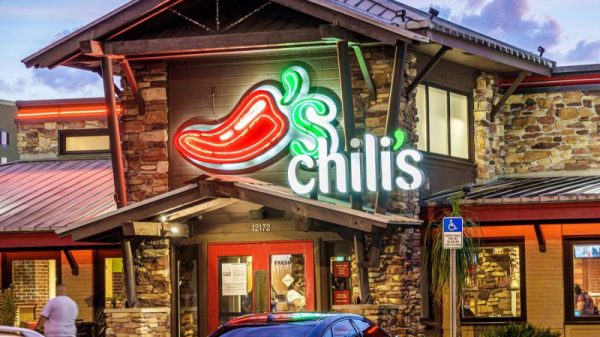In a bid to grasp the financial reins of Red Lobster, private equity firm Golden Gate Capital invested in the seafood chain back in 2014, with the hope of restoring its profitability and market position. However, what seemed like a strategic move at the time soon unraveled into a series of missteps that ultimately led to the decline of this iconic brand.
One of the fundamental issues that plagued Red Lobster under private equity ownership was its focus on cost-cutting measures. While streamlining operations and trimming unnecessary expenses can be beneficial for a company’s bottom line, overly aggressive cost-cutting can have detrimental effects on the quality of products and services offered. In the case of Red Lobster, slashing budgets and compromising on food quality to save money backfired, leading to a decline in customer satisfaction and loyalty.
Furthermore, the decision to separate Red Lobster’s real estate holdings from its operating business had significant repercussions. By creating a separate entity to manage the restaurant chain’s properties, Golden Gate Capital effectively increased Red Lobster’s rent burden. This move not only drained the company’s finances through rent payments but also limited its flexibility in terms of strategic decisions regarding store locations and expansions.
Another factor that contributed to Red Lobster’s downfall was the lack of innovation and adaptation to changing consumer preferences. In an increasingly competitive market where consumers demand unique dining experiences and healthier food options, Red Lobster failed to keep pace with evolving trends. The chain’s outdated menu offerings and decor failed to resonate with modern consumers, leading to a loss of relevance and appeal among its target demographic.
Additionally, the heavy debt burden that Red Lobster accumulated under private equity ownership further exacerbated its financial woes. The substantial debt load limited the company’s ability to invest in growth initiatives, innovate its menu, or undertake necessary renovations to revitalize its stores. As a result, Red Lobster found itself trapped in a cycle of declining sales and dwindling profits, with limited resources to reverse its fortunes.
In conclusion, the downfall of Red Lobster under private equity ownership serves as a cautionary tale of the pitfalls that can arise when financial interests take precedence over long-term sustainability and customer satisfaction. By prioritizing short-term gains and cost-cutting measures at the expense of quality, innovation, and strategic foresight, Red Lobster lost its competitive edge and eroded its brand equity. Moving forward, it is essential for companies and investors to strike a balance between financial discipline and strategic vision to ensure the prosperity and longevity of businesses in the ever-evolving marketplace.



























